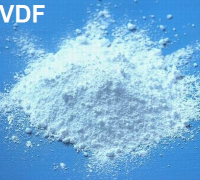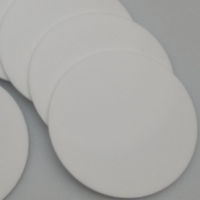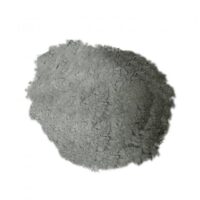Calomel electrode instruction manual:
1. When using the calomel electrode, the rubber caps on the side and end should be removed first, so that the salt bridge solution can pass through the measured solution at a certain flow rate by gravity.
2. There should be no air bubbles in the potassium chloride solution in the electrode, and a little potassium chloride crystal should be kept in the solution.
3. During measurement, the salt bridge solution surface of the calomel electrode should be slightly higher than the surface of the measured solution to prevent the measured solution from diffusing back to the calomel electrode.
4. Since the electrode potential of the calomel electrode has a large negative temperature coefficient and thermal hysteresis, temperature fluctuations should be prevented during measurement. Accurate measurements should be constant temperature.
5. If it is found that the solution to be measured has stained the junction of the calomel electrode, it should be scraped off at any time.
6. Calomel electrodes are generally not suitable for use in environments above 70°C.
7. When potassium chloride solution and crystals are attached to the surface of the electrode, they should be removed at any time.
8. Potential changes caused by photolysis of the calomel electrode should be protected from light during use and storage.
9. The double-salt bridge saturated calomel electrode (type 217) with a jacket can be used as a general saturated calomel electrode if the jacket is removed. When determining the sample which is easily interfered by K or Cl_, it is necessary to fill another appropriate solution in the outer tube. For example: charge 0.1M LiAc when measuring K with a potassium electrode; charge 0.1MKNO3 when measuring Cl_ with a chlorine electrode; charge 1MKNO3 when measuring S2 with a sulfur electrode; and so on.




